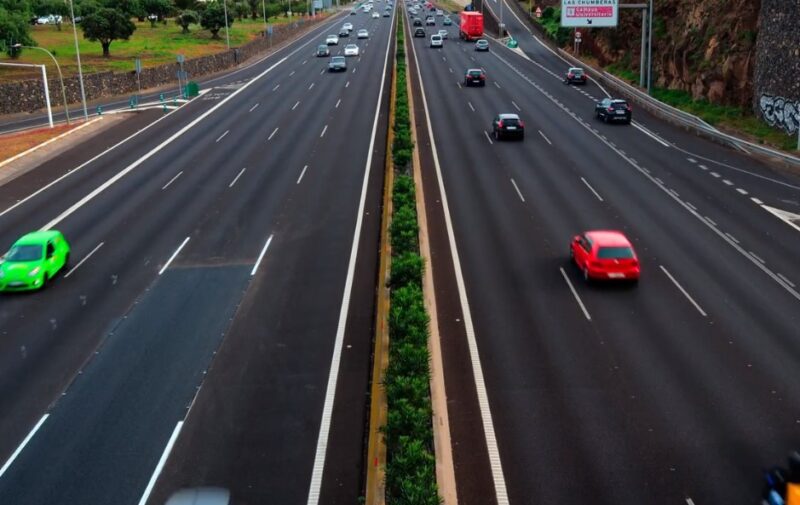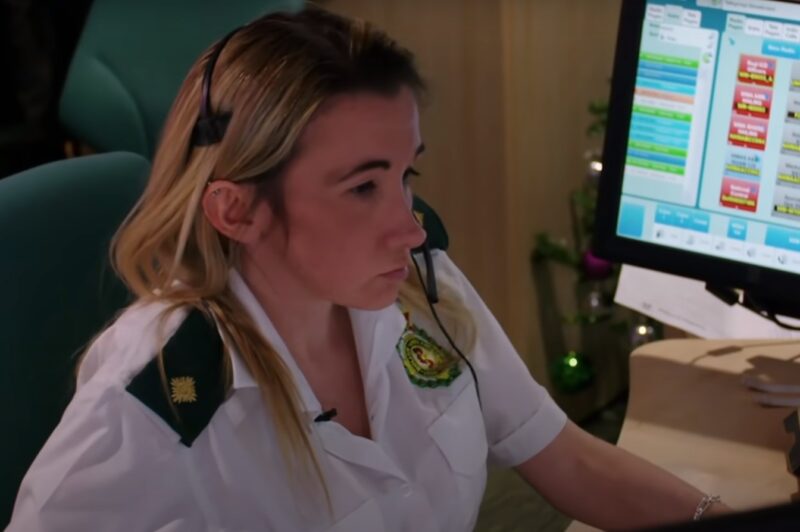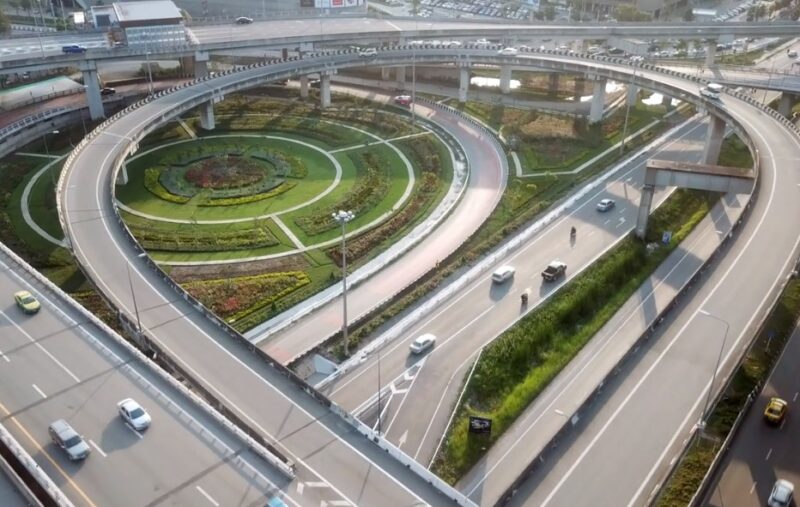Only in the first quarter of 2023, there were approximately 286 million vehicles on US roads. With so many drivers on the road, accidents are on the rise, so highway safety remains the number one priority across the country.
This article will examine some of the best highway safety measures designed to increase risks while improving the security of US drivers.
Key Takeaways
What are the best highway safety measures?

Enhanced roadway infrastructure
The foundation of highway safety begins with the design and maintenance of the roadways themselves. Engineers and planners are focused on the creation of roads that accommodate the volume of traffic but also reduce the likelihood of accidents at the same time. Here are some examples of enhanced roadway infrastructure that can improve the safety of US drivers:
| Enhanced roadway infrastructure |
|---|
| Installation of median barriers to prevent head-on collisions. |
| Upgrading guardrails to absorb impact and redirect vehicles safely. |
| Widening shoulders to provide a safe area for breakdowns and emergency stops. |
| Implementation of rumble strips on shoulders and centerlines to alert inattentive drivers. |
| Implementing advanced traffic management systems to monitor and control traffic flow dynamically. |
| Enhancing drainage systems to prevent water pooling on road surfaces, reducing the risk of hydroplaning. |
| Adding reflective road markings and signs for better visibility at night and during adverse weather conditions. |
| Constructing roundabouts to reduce the points of conflict and the severity of crashes compared to traditional intersections. |
Also, improvements in road surface materials are very important. High-quality asphalt and concrete ensure smoother rides and reduce vehicle wear and tear, while also providing better traction in adverse weather conditions. The strategic placement of signs and markers offers clear guidance to drivers, helping them navigate lanes, exits, and intersections safely.
Did you know? About 44% of 2023 federal transportation and infrastructure spending was for highway transportation.
Advanced vehicle safety features

The evolution of vehicle technology has introduced safety features that actively and passively protect occupants. For example, airbags and seatbelts are the most basic yet crucial elements, significantly reducing fatalities in the event of a crash.
Modern vehicles now come equipped with advanced driver-assistance systems (ADAS), such as automatic emergency braking (AEB), adaptive cruise control, lane departure warnings, and blind-spot detection. These systems leverage cameras, radar, and other sensors to detect potential hazards and can even take control of the vehicle to avoid or mitigate collisions.
Fun fact: Over 163 million (72.8%) of the more than 224 million cars and light trucks on U.S. roads have driver airbags, with over 144 million (64.2%) of these vehicles also having passenger airbags. The National Highway Traffic Safety Administration estimates that 18,319 people are alive today because of their airbags.
Stringent traffic laws and enforcement
Authorities have made significant strides in reducing accidents and improving road safety by implementing and strictly enforcing laws prohibiting speeding, running red lights, driving under the influence, and other traffic violations:
Speed limits
For example, the National Highway Traffic Safety Administration (NHTSA) reports that in areas where speed limits are strictly enforced, there’s been a marked reduction in speed-related accidents.
Did you know? In 2020 there were an estimated 308,013 people injured in speeding-related crashes.
Red light
The installation of red light cameras has led to a significant decrease in the instances of running red lights, a leading cause of urban accidents. If we want to be specific, these cameras reduced the fatal red light running crash rate in large cities by 21% and the rate of all types of fatal crashes at signalized intersections by 14%. Drivers are encouraged to follow the law because they know that breaking the law will result in penalties.
Impaired driving
The Centers for Disease Control and Prevention (CDC) notes that the implementation of 0.08% blood alcohol concentration (BAC) laws and sobriety checkpoints has led to a reduction in drunk-driving accidents.
Did you know? 32 people in the United States are killed every day in crashes involving an alcohol-impaired driver—this is one death every 45 minutes.
Sea belt
The NHTSA estimates that seat belt use in passenger vehicles saved around 14,955 lives in a recent year.
Distracted driving mitigation

With the advent of smartphones, distracted driving has surged as a significant safety concern. In response, many states have enacted laws prohibiting the use of handheld devices while driving.
Awareness campaigns and educational programs highlight the dangers of taking one’s eyes off the road, even for a few seconds. Technologies like do-not-disturb modes and in-vehicle systems that allow for hands-free operation of devices are increasingly standard, aiming to keep drivers’ attention focused on driving.
Did you know? Distracted driving, including smartphone use, was a contributing factor in 8% of fatal crashes, 14% of injury crashes, and 13% of vehicle collisions reported to police in 2020
What impact does emergency response have on highway safety?

Despite all preventative measures, accidents do happen. The efficiency and effectiveness of emergency response teams can be the difference between life and death. Quick clearance of accident scenes also reduces the risk of subsequent accidents caused by unexpected obstructions. Post-accident care and rehabilitation services are crucial for the recovery of those injured in highway accidents, offering both physical and psychological support.
The term “Golden Hour” in emergency medicine refers to the critical one-hour period following a traumatic car crash injury, during which prompt medical treatment can significantly increase the chances of avoiding death.
Did you know? Approximately 36% of fatal crashes in rural areas had response times exceeding 60 minutes.
What is the role of technology in highway safety?
The future of highway safety lies in the integration of technology within both vehicles and the infrastructure. The development of connected and autonomous vehicles promises a future where cars can communicate with each other and with roadway systems to prevent accidents. Smart highways equipped with sensors and IoT (Internet of Things) devices can manage traffic flow more efficiently, adapt to changing conditions, and provide real-time information to drivers and authorities.
How important are community involvement and education?

The answer is very, very much. Creating a culture of safety requires the involvement of the entire community. Schools, community centers, and online platforms can all implement educational programs to instill safe driving habits in children. Also, campaigns that encourage respectful and courteous driving can alter societal norms and expectations on the road.
FAQs

